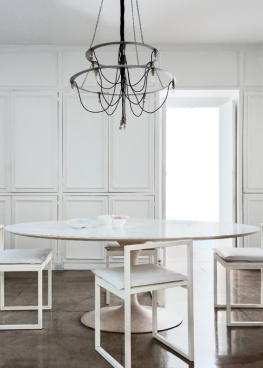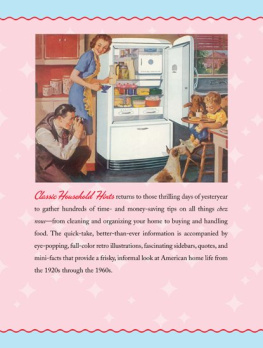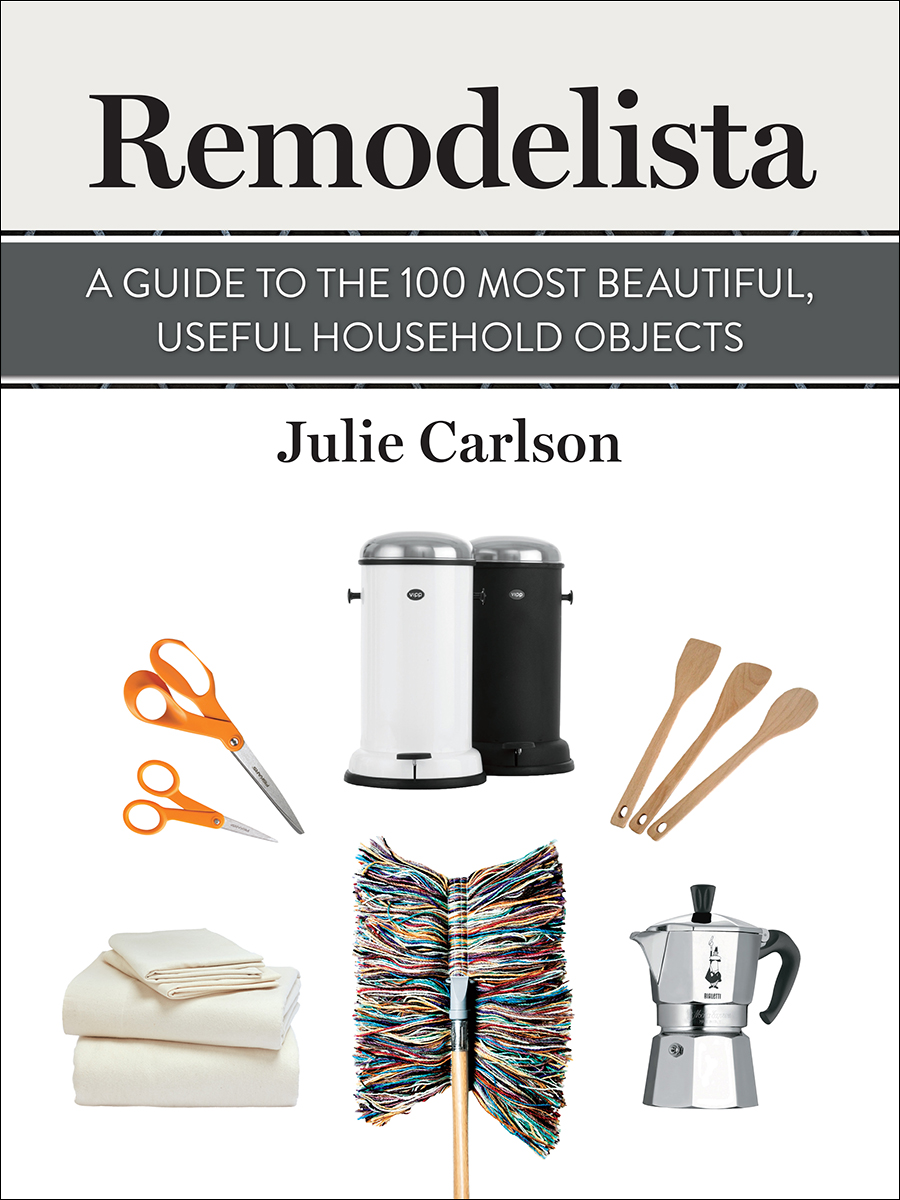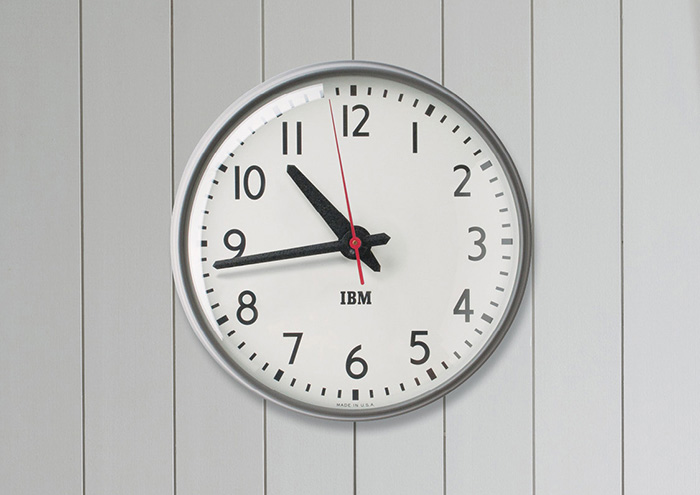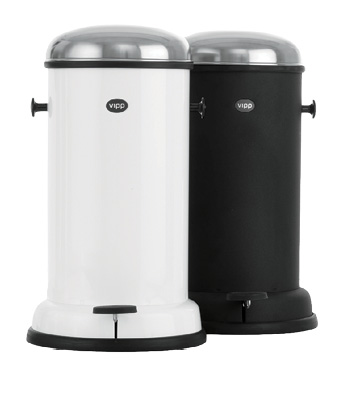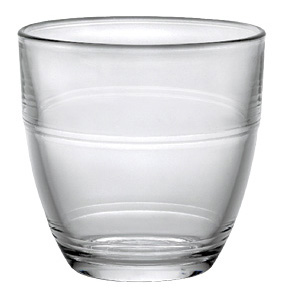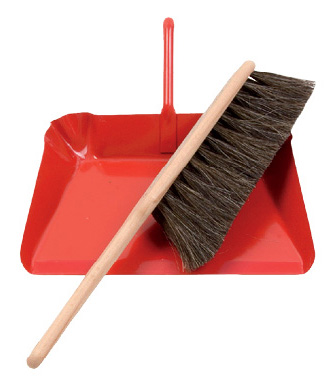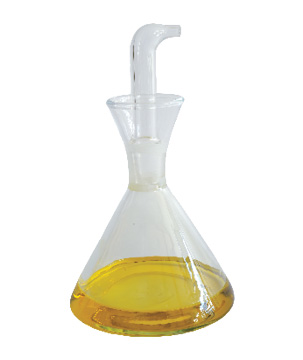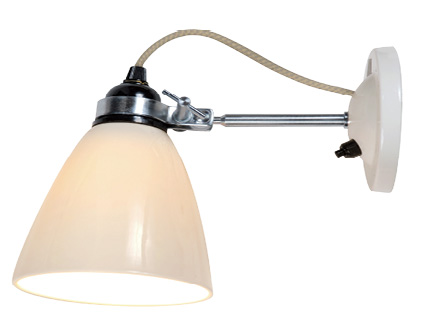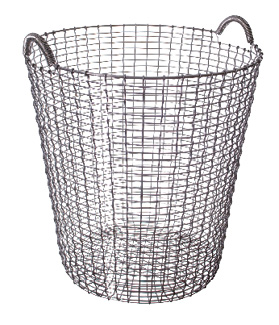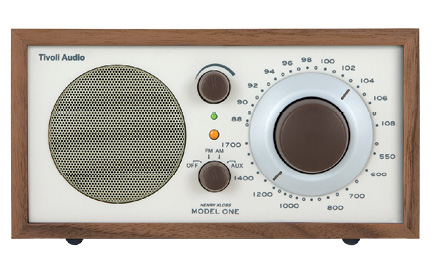Remodelista:
A Guide to the 100 Most Beautiful, Useful Household Objects
Julie Carlson
With the editors of Remodelista
Written and edited by Margot Guralnick
Photographs by Matthew Williams
Contents
Presenting our all-time favorite everyday objects: from wastebaskets to teakettles, these humble essentials are enduring, life-enhancing, and often extremely affordable.
With nutshell histories by Megan Wilson, owner of AncientIndustries.com.
Vipp Pedal Bin
A Danish modernist classic that has been in production since 1939, Vipp was created as a one-off by twenty-four-year-old Holger Nielsen for his wife Maries beauty salon in Copenhagen. The lidded, powder-coated steel bin had an air of medicinal chic about it, which caught the eye of many of Maries customers who happened to be married to dentists and doctors. The orders poured in, and Nielsen was in business. Good design never goes out of fashion, he said, and after his death, his daughter, Jette, increased Vipps global popularity with the help of the Conran Shop. Today Vipp is in the permanent collection at the Museum of Modern Art.
Why It Works: Almost too attractive to be called a garbage can
Where to Get It: vipp.com, allmodern.com
Duralex Gigogne Tumbler
We barely need to say that these are made in France, so closely are they associated with caf au lait, beret-wearing schoolchildren, baguettes, and vin de table. Duralex emerged during World War II and developed molded, tempered glass at its factory in Orlans. Fired with extreme heat followed by a rapid cooling system, this glass is virtually unbreakable, which has made it indispensable in cafs and school lunchrooms. The Gigogne (nesting, in French) was introduced in 1946 and is in the permanent collection of the Muse des Arts Decoratifs in Paris.
Why It Works: Inimitably French and indestructible
Where to Get It: duralexusa.com
Swedish Brush and Dustpan
Paired by Kiosk in New York, this dustpan and brush come from two small manufacturers in Sweden. The powder-coated steel pan is a traditional design from a factory in Gnosj. The horsehair-and-beech brush is made by hand at Iris Hantverk, a foundation in Stockholm that has provided work for the visually impaired since the late nineteenth century. In both, there is an absence of synthetic materials, which is what usually confines these cleaning items to the back of the cupboard.
Why It Works: Attractive and durable
Where to Get It: kioskkiosk.com
Oil and Vinegar Cruet
Long before British and American housewives were alerted to the joys of Mediterranean cooking, the Spanish were buying olive oil by the gallon and using it liberally in the kitchen. In 1961 Catalan industrial designer Rafael Marquina created a revolutionary oil cruet that was handier than wielding a large can and, more important, did not drip. Aside from its functionality, there is something pleasingly pharmaceutical about the clink of the glass as one replaces the slender spout after refilling the cruet. Useful also for vinegar or dishwashing soap.
Why It Works: Nondrip and easy to pour
Where to Get It: foodiekitchen.com
Original BTC Hector Light
A relatively young company that looks to the past, Original BTC was founded by Peter Bowles in 1990. An early advocate of industrial chic, he takes his inspiration from a variety of unexpected sources, ranging from the searchlight on an antique toy truck to the cord snipped from the family iron. The Hector Wall Light was introduced in 1992 and uses the companys trademark mix of materials like steel, bone china, and braided cotton-covered cording.
Why It Works: Modern yet traditional
Where to Get It: shophorne.com
Generals Cedar Pointe Pencils
There is something particularly American about an old-fashioned wooden pencil, especially when it is made of sustainable California incense cedar, which gives off a faint aroma of the forest. General Pencil was begun by a German immigrant named Edward Weissenborn, who had a hand in constructing the Civil War battleship USS Monitor before founding his factory in New Jersey in 1889 with his son. Six generations of Weissenborns later, the pencils are still in demand by artists, writers, and grocery-list makers.
Why They Work: Made of sustainable wood
Where to Get Them: generalpencil.com
Korbo Wire Basket
In 1922 it was thought prudent to make baskets for fishermen and farmers that would not rust or deteriorate in the salt air and wind of Sweden. Korbo, which means basket in Swedish, is as simple in structure as it is in name: using a single length of steel wire, the baskets are woven without welding, which makes them virtually indestructible. Fortunately for us the tradition continues, and the Korbo is just as useful for holding laundry, logs, and magazines as it is for holding fish and potatoes.
Why It Works: Elegant, indestructible, and rustproof
Where to Get It: dwr.com, canoeonline.net
Tivoli Audio Model One Radio
With a frugal Yankee design reminiscent of the Kennedy era, this powerful sound in a wooden box can trace its roots to midcentury Cambridge, Massachusetts. Henry Kloss, an MIT dropout who added the K to KLH Audio in 1957, was responsible for the first acoustic suspension loudspeaker small enough to fit on a bookshelf. In a highly stylized era, he eschewed current design trends in favor of efficiency and longevity, and in 1960 he came up with the KLH Model Eight FM table radio. More like a working prototype in its utilitarian design, the Model Eight consisted of a wooden frame surrounding a white face, three black knobs, and a radio dial. In 2001 Kloss emerged from a brief retirement to give us the Model One, a direct nod to the Model Eight, but with two knobs instead of three. Thats progress.


